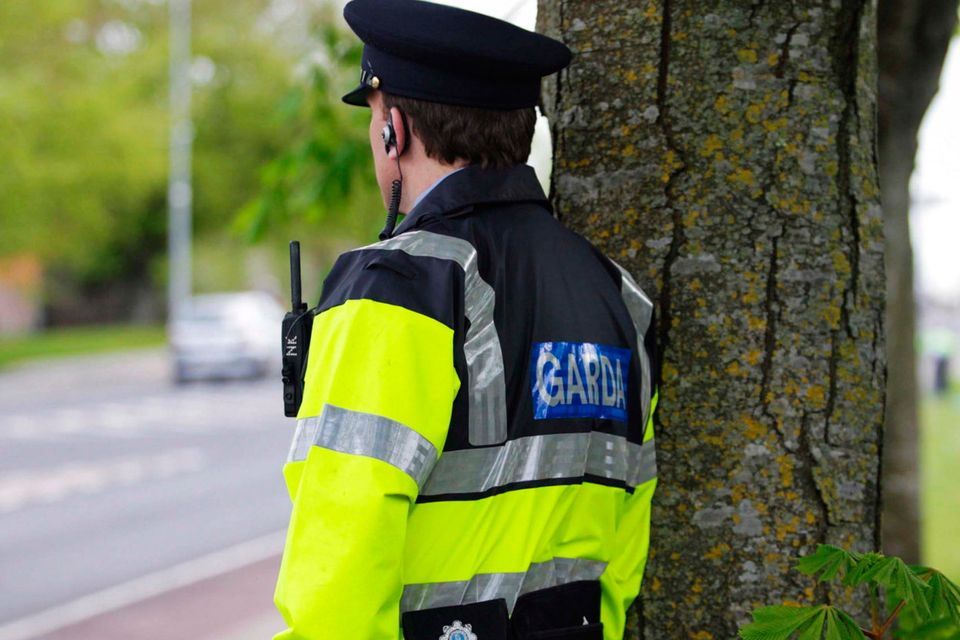Gardaí to spend €2.1m on bodycam testing in Dublin, Limerick and Waterford
The controversial technology, which Gardai say is essential for modern policing, will enter a testing phase soon amid fears over privacy and civil liberties
Bodycams on city-based Gardaí are a step closer to reality, after An Garda Síochána published a contract tender worth €2.1m for an initial ‘proof of concept’ using the uniform-attached gadgets.
The tender is the latest move to equip Gardaí with the technology, which has caused tension between government coalition parties over potential encroachment on privacy and civil liberties.
The contract notification is for body-worn cameras, together with software and services for Gardaí in Dublin, Limerick and Waterford.
It does not give any detail on the extent of the bodycams’ technological capabilities. Last year, a compromise on Garda bodycams was reached between the Green Party and Fine Gael, stalling the introduction of facial recognition technology for use by Gardai.
However, facial recognition usage is to be allowed under separate legislation currently being drawn up by the government, although this is set to be for retrospective analysis rather than live deployment.
In June last year, the European Parliament voted to ban live facial recognition technology across Europe.
“An Garda Síochána is proposing to complete up to three separate service contracts for the completion of a proof of concept for a body-worn camera system with associated software and services in Dublin, Limerick and Waterford,” says the Garda tender.
“This proof of concept will ultimately be replaced by a further and separate procurement process which is designed to provide body-worn cameras across the organisation to all Garda members and which will be informed by the learnings which have been achieved from the proof of concept.”
Senior Gardaí have previously said that they expect a national bodycam rollout to happen by 2025.
All of the digital imagery collected by body worn cameras will be managed by a Digital Evidence Management System (DEMS).
The cameras are planned for use during violent events or major public disturbances, but not for less serious, non-violent incidents.
Footage is uploaded at the end of a shift so it can be used as evidence at court, or is deleted after an agreed time period if it's not required as evidence.
Chief Superintendent Derek Smart, said: "The publication of this Request for Tender brings An Garda Síochána a step closer to the reality of body worn cameras being generally used by Gardaí.
"This proof of concept period provides an opportunity for An Garda Síochána to understand the capacity and capabilities of body worn cameras and for the public to provide their feedback to An Garda Síochána prior to the organisation wide roll out of body worn cameras.”
Andrew O Sullivan, Chief Information Officer for An Garda Síochána, added: "This is the next step in the procurement and roll out of body worn cameras for An Garda Síochána continuing our ongoing commitment to providing our Gardaí with the most modern electronic tools to be effective in keeping them and people safe in today’s society.
"The Proof of Concept phase is an essential element to introducing body worn cameras, in a way which is clearly explained and understood by everybody in society, as a tool to assist members of An Garda Síochána in their day to day duties.”














